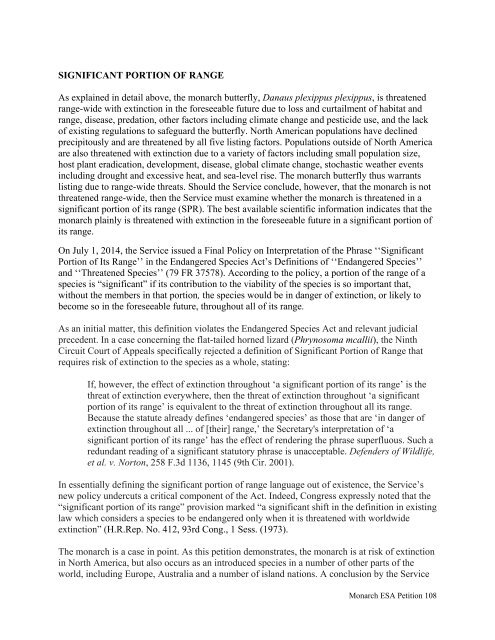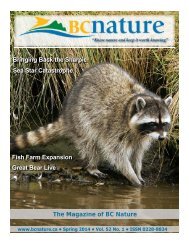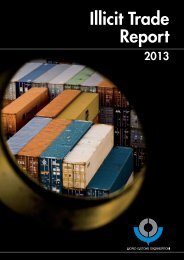monarch-esa-petition-final_61585
monarch-esa-petition-final_61585
monarch-esa-petition-final_61585
You also want an ePaper? Increase the reach of your titles
YUMPU automatically turns print PDFs into web optimized ePapers that Google loves.
SIGNIFICANT PORTION OF RANGE<br />
As explained in detail above, the <strong>monarch</strong> butterfly, Danaus plexippus plexippus, is threatened<br />
range-wide with extinction in the foreseeable future due to loss and curtailment of habitat and<br />
range, disease, predation, other factors including climate change and pesticide use, and the lack<br />
of existing regulations to safeguard the butterfly. North American populations have declined<br />
precipitously and are threatened by all five listing factors. Populations outside of North America<br />
are also threatened with extinction due to a variety of factors including small population size,<br />
host plant eradication, development, disease, global climate change, stochastic weather events<br />
including drought and excessive heat, and sea-level rise. The <strong>monarch</strong> butterfly thus warrants<br />
listing due to range-wide threats. Should the Service conclude, however, that the <strong>monarch</strong> is not<br />
threatened range-wide, then the Service must examine whether the <strong>monarch</strong> is threatened in a<br />
significant portion of its range (SPR). The best available scientific information indicates that the<br />
<strong>monarch</strong> plainly is threatened with extinction in the foreseeable future in a significant portion of<br />
its range.<br />
On July 1, 2014, the Service issued a Final Policy on Interpretation of the Phrase ‘‘Significant<br />
Portion of Its Range’’ in the Endangered Species Act’s Definitions of ‘‘Endangered Species’’<br />
and ‘‘Threatened Species’’ (79 FR 37578). According to the policy, a portion of the range of a<br />
species is “significant” if its contribution to the viability of the species is so important that,<br />
without the members in that portion, the species would be in danger of extinction, or likely to<br />
become so in the foreseeable future, throughout all of its range.<br />
As an initial matter, this definition violates the Endangered Species Act and relevant judicial<br />
precedent. In a case concerning the flat-tailed horned lizard (Phrynosoma mcallii), the Ninth<br />
Circuit Court of Appeals specifically rejected a definition of Significant Portion of Range that<br />
requires risk of extinction to the species as a whole, stating:<br />
If, however, the effect of extinction throughout ‘a significant portion of its range’ is the<br />
threat of extinction everywhere, then the threat of extinction throughout ‘a significant<br />
portion of its range’ is equivalent to the threat of extinction throughout all its range.<br />
Because the statute already defines ‘endangered species’ as those that are ‘in danger of<br />
extinction throughout all ... of [their] range,’ the Secretary's interpretation of ‘a<br />
significant portion of its range’ has the effect of rendering the phrase superfluous. Such a<br />
redundant reading of a significant statutory phrase is unacceptable. Defenders of Wildlife,<br />
et al. v. Norton, 258 F.3d 1136, 1145 (9th Cir. 2001).<br />
In essentially defining the significant portion of range language out of existence, the Service’s<br />
new policy undercuts a critical component of the Act. Indeed, Congress expressly noted that the<br />
“significant portion of its range” provision marked “a significant shift in the definition in existing<br />
law which considers a species to be endangered only when it is threatened with worldwide<br />
extinction” (H.R.Rep. No. 412, 93rd Cong., 1 Sess. (1973).<br />
The <strong>monarch</strong> is a case in point. As this <strong>petition</strong> demonstrates, the <strong>monarch</strong> is at risk of extinction<br />
in North America, but also occurs as an introduced species in a number of other parts of the<br />
world, including Europe, Australia and a number of island nations. A conclusion by the Service<br />
Monarch ESA Petition 108




